Can’t Get There From Here
Riding motorbikes in the magical light of the Bolevan Plateau
The light of Bolevan Plateau is unlike any I have seen before. It has something more. It has something indescribable, ineffable, something you want to see everywhere, but never will again.
Not many tourists make it out to the Bolevan Plateau. I’m not sure why. The roads are good, transport runs regularly. The villages out here are peacefully quiet. You might even call them sleepy little hamlets if you were a travel guide writer.
All in all the Bolevan Plateau is wonderful, but possibly in part because no one else is out here. It’s just you, the river, the people, and the light.
In eight days of traveling we saw maybe ten tourists. The curious thing about it was that those we did meet seemed to assume that we must know what we were doing, where we were going, where they should be going. In fact we never have any idea what we’re doing, out here especially. We were usually just wandering around, probably lost. Nevertheless, as luck would have it, the first question someone asked always turned out to be the one thing we did know, which gave this illusion that we knew what we were doing.
Our last night in Sekong we met a very nice British couple who knew even more than us. And we ended up running into Jules and Ben again on the bus to Attapeu so we all shared a tuk-tuk to the guesthouse, which was actually more of a luxury hotel (by our standards anyway).
This was where we discovered that many of the nicer hotels have rooms with a double and single bed, thus fitting three people and solving the chief dilemma of traveling with three people, which is that someone has to pay more for their own room. Splitting the nice hotel three ways brought the costs down to roughly equal what we would typically pay at a rundown guesthouse and it was, well, much nicer.
As I’ve mentioned before, wandering off in the bush around this area of Laos without a guide is not the safest activity in the world, unexploded ordinance and all. Attapeu is about the closest you can get to the Ho Chi Minh Trail, epicenter of American bombing for much of the Vietnam war. Every other guesthouse and restaurant in these villages wants to take you out to see whatever is left of the war.
Guides cost a good bit of money though. War tourism isn’t all that appealing to me, especially if it’s expensive. This time though, with five people, we were able to work out a deal that wasn’t too much more than just the price of a motorbike for one person. So we went out to see the Ho Chi Minh Trail.
Ask your average American to describe what they think the Ho Chi Minh Trail looks like and they would likely paint you a picture bearing some resemblance to a cheesy Oliver Stone film, a thin trail snaking though the jungle, a network of tunnels and, as I used to think, they would likely say it ran through Vietnam.
In fact the Ho Chi Minh “Trail” was a road, and not just one road, but a whole network of roads crisscrossing the jungle. The vast majority of it ran through Laos and Cambodia, not Vietnam.
This is Laos though, so even though we asked to be taken to the Ho Chi Minh Trail, we were first taken somewhere else. Our guide really thought we would want to see a “tribal village”, which turned out to be rather more like one woman camped out in the middle of the jungle, roasting a mouse for lunch. It reminded me far too much of the zoo-like aspects of Shilpogram to enjoy it. It was one of the many moments I wish I knew more Laos.
The afternoon was somewhat better; we headed to Pa’am a small village at a junction on the Ho Chi Minh Trail. The road getting there was a bit bumpy, especially for Matt and I. With the two of us on one motorbike we easily outweighed the rest of the group by quite a bit. On an aging Honda Dream with nothing much in the way of shocks (or brakes or mirrors for that matter), weight is not what you want. On the way there I made some attempts at dodging potholes and gullies (often skidding to do so), on the way back Matt decided that the straight path was at least quicker, if not smoother.
In case anyone had any doubts about whether or not the Russians were helping the North Vietnamese during the Vietnam war, they left behind a SAM missile and launcher (presumably the warhead has been removed, but we never got a straight answer on that). Otherwise the Ho Chi Minh Trail was somewhat anti-climatic. It’s a famous road that turns out to be, well, a road.
Back in Attapeu we took a stroll around the evening market and then headed down to the banks of Sekong River to watch the sunset and sip a Beer Lao. The light catches the water and seems to linger on clouds far longer than should be possible, like time is moving just a little slower than normal out here. We watched fishermen cast nets and canoes plying their way up and down the river with cargo hidden under tarps. Up the shoreline from us a group of boys played volleyball in the fading light.
If you look at a map of Laos there is a road that continues from Attapeu back around to Champasak where it rejoins route 13. This bit of road would make it possible to complete a loop around the Bolevan Plateau without having to retrace your steps. Unfortunately no public transportation plies this road.
Later that evening, after the sun had gone down and we climbed up the bank of the river to a restaurant, we ran into an Austrian man who was traveling by motorcycle (real motorcycle, not a Honda Dream). He had just come over the road. He put it at roughly eighteen hours to cover one hundred kilometers and muttered something about “lots of rivers.” He said he managed about five kilometers an hour most of the way, much of it in pouring rain. It made me wish, not for the first time, that I had a motorcycle of my own.
The next day we did what we could and rented motorbikes again to see if we couldn’t at least see a little of the now infamous (to us at least) road. Leaving Attapeu the road wasn’t too bad, but looking off at the distant cliffs and hills of the Bolevan Plateau it was easy to see how the road would likely turn pretty awful, pretty quick.
We ran out of daylight before we got that far. Nevertheless we had a good ride through the countryside stopping here and there to amuse the locals with our existence. I considered starting some sort of song and dance routine, but just showing up always seemed sufficient for side-splitting entertainment, especially for children.
It was nearly nightfall by the time we made it back to Attapeu. We grabbed a bite to eat at small restaurant where some Vietnamese truck drivers plied us with drinks and made conversation in very rough English with the occasional Laos phrase.
Walking home we decided to stop by the carnival that was in town for a few days. We wandered about the various stalls and threw a few rounds of darts at balloons. Debi and I won mints; Matt was somewhat more successful and won an orange drink of some sort.
We also paid to see two obviously poorly treated monkeys ride bicycles around a centrifuge, which we at first thought might spin them around or something rather awful like that, but luckily for the monkeys their act was short and involved no spinning.
The spinning was left to the bigger and perhaps one it tempted to say, not as bright monkeys — humans. Using the centrifugal force about six circus performers climbed walls, sat on chairs and did other tricks for about five minutes. It made me dizzy just to watch them.
Eventually the number of people began to dwindle and not wanting to steal too much attention from the real circus acts, we headed home, feeling not a little bit guilty about contributing to the rough treatment of what looked like some truly miserable monkeys. Back in the hotel we sat up watching Lost in Translation and drinking wine Debi brought from Thailand. The perfect way to end a day.










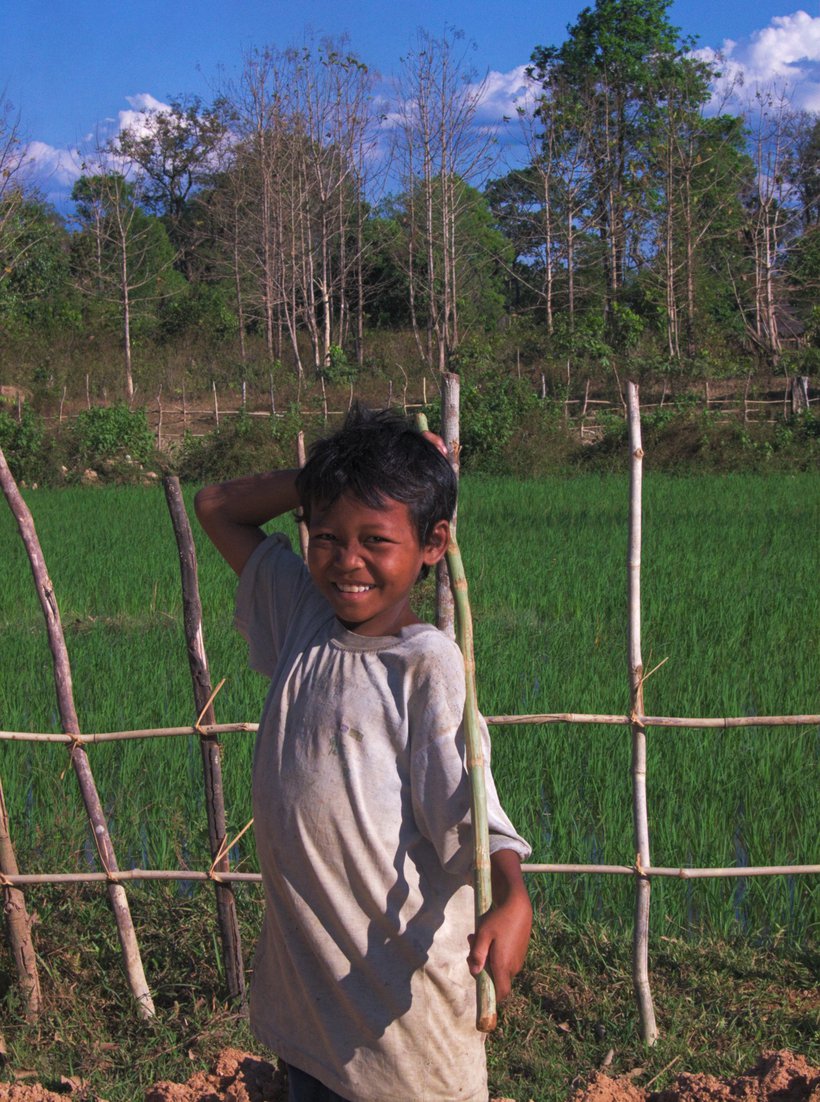
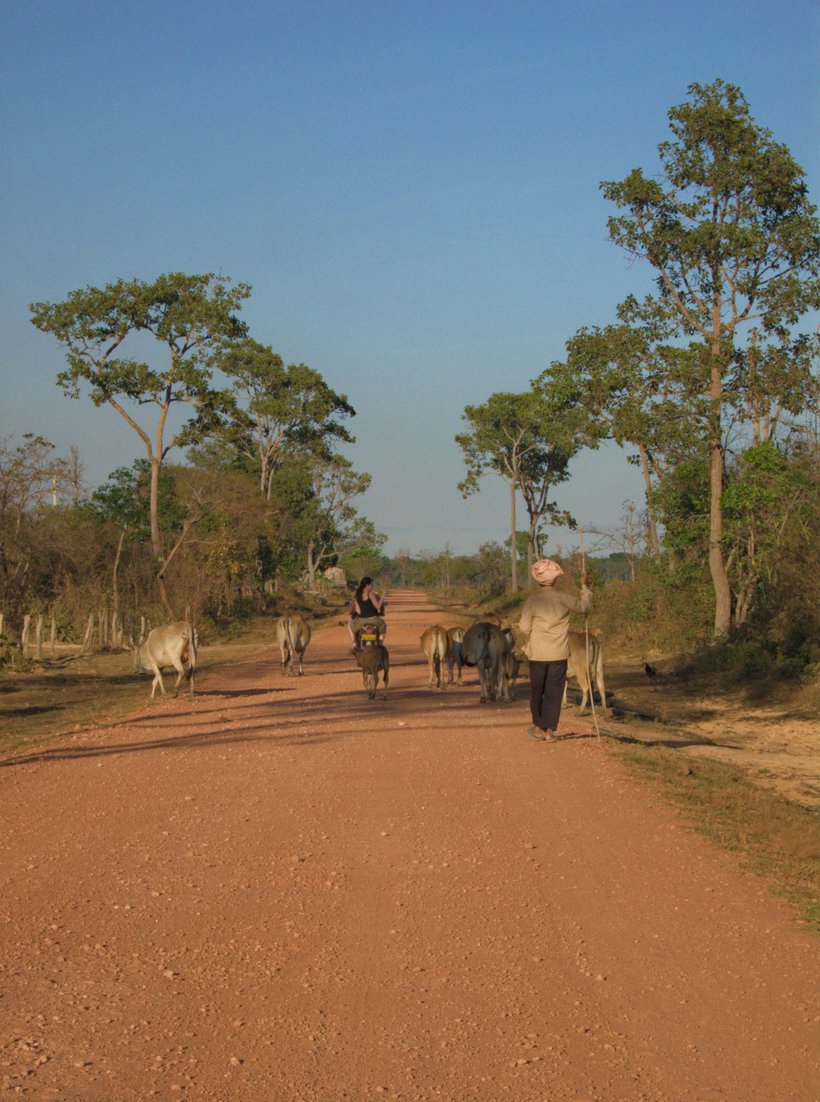
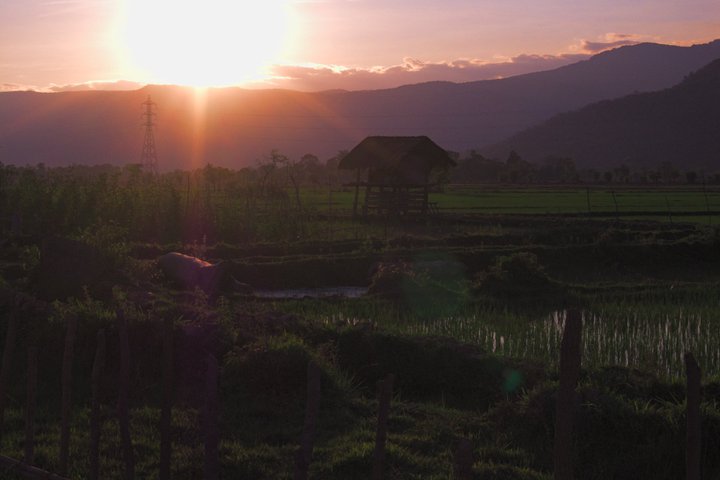
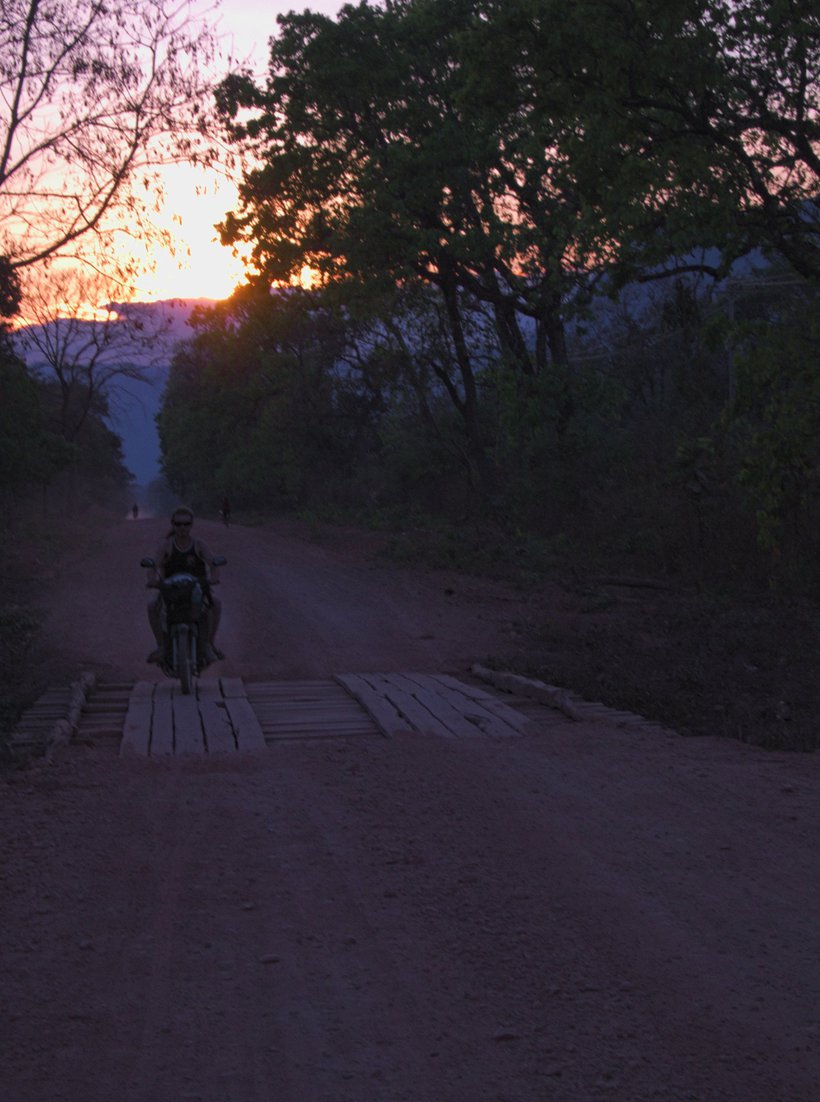
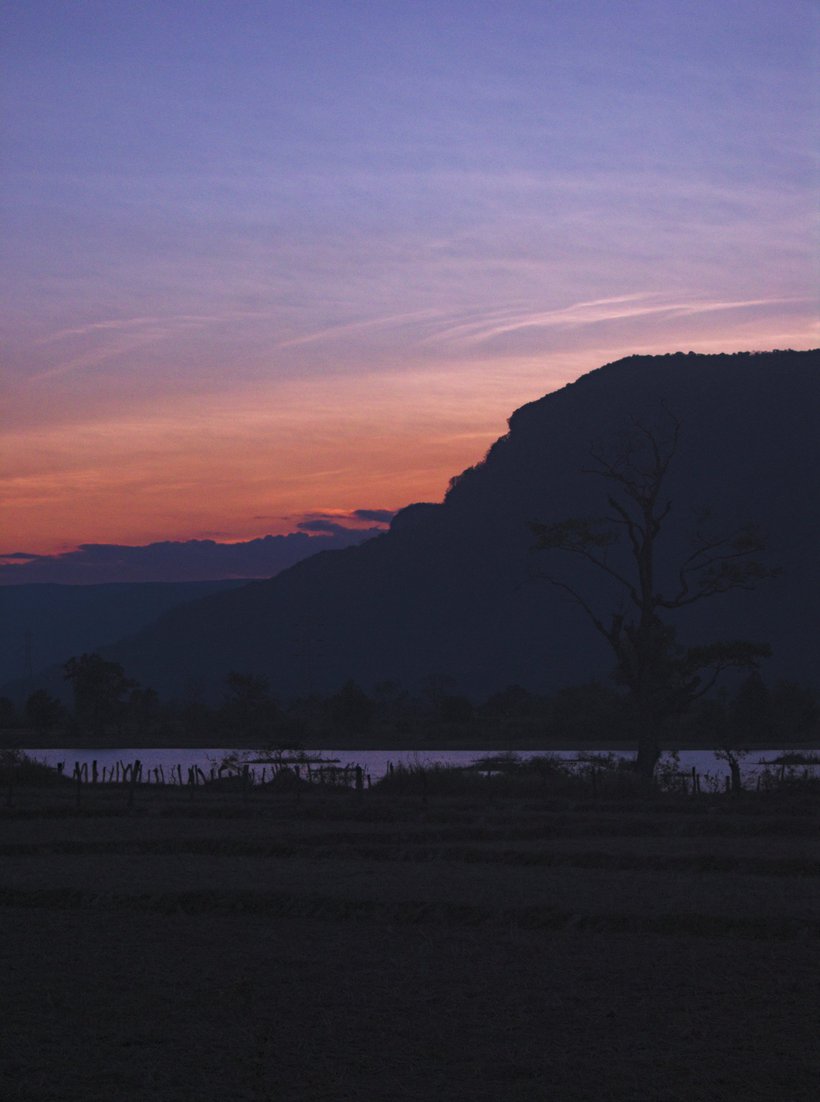


Thoughts?
Please leave a reply:
All comments are moderated, so you won’t see it right away. And please remember Kurt Vonnegut's rule: “god damn it, you’ve got to be kind.” You can use Markdown or HTML to format your comments. The allowed tags are
<b>, <i>, <em>, <strong>, <a>. To create a new paragraph hit return twice.